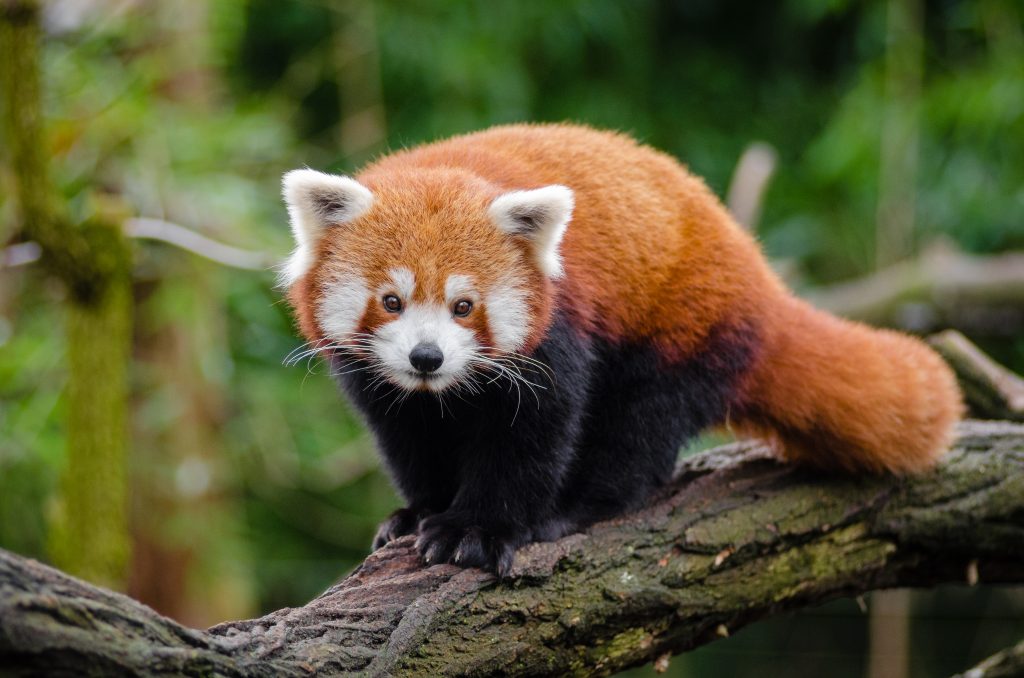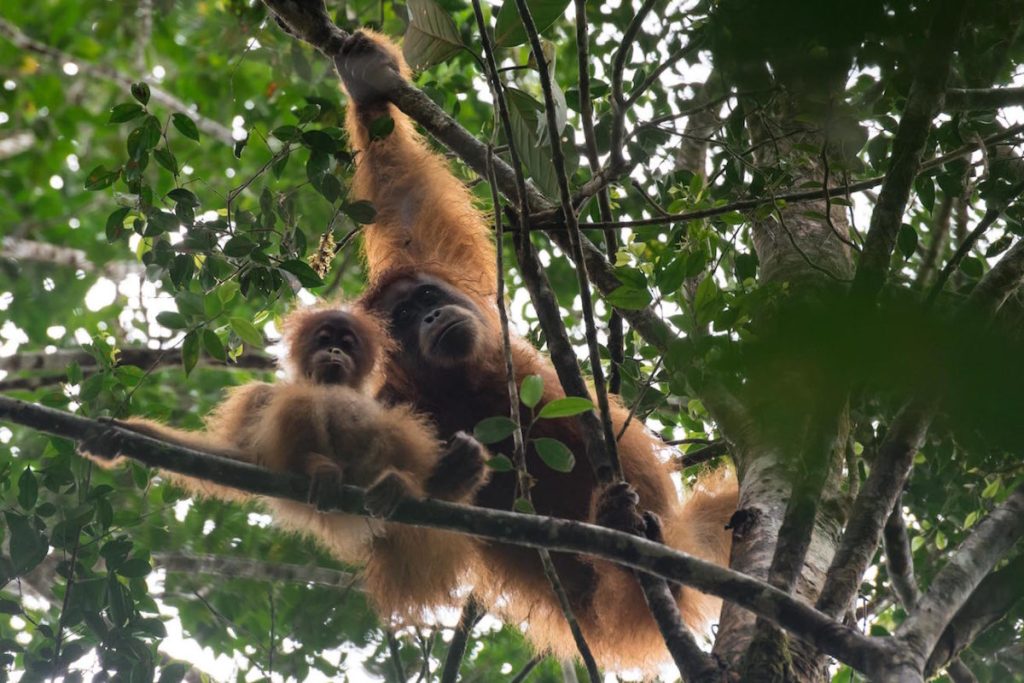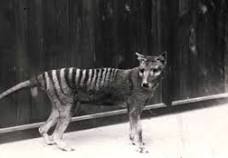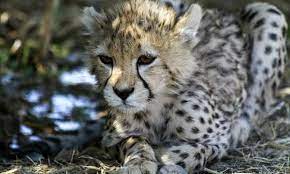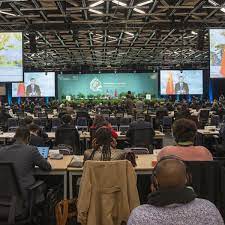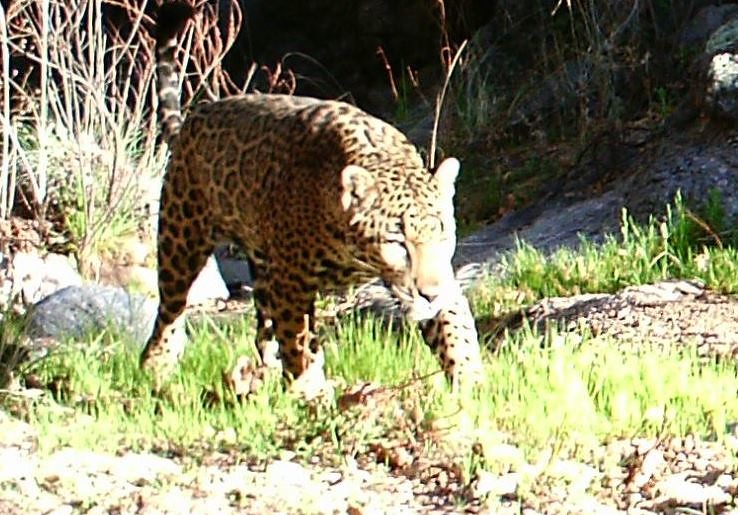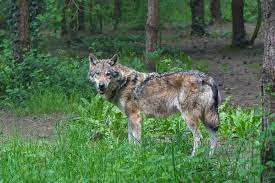So, one of the arguments from the fossil fuel lobby for the last 150 years is that their product is essential. The fossil fuels are the only people who can produce the base load of electricity for the grid.
There are loads of other things that can take parts of this (this is the arguments that the fossil fuel lobby put forth) such as wind turbines and solar panels – the problem is that both of these are only available some of the time. If electricity can be carried many thousands of miles, then tidal power might be able to help with this but not in the near future.
When Nuclear fission was first brought in, it was predicted that this would be the perfect base load. Unfortunately not, people don’t like living in places where a meltdown might occur, there is a large amount of nuclear material created, which needs storing for very long periods of times.
Nuclear fusion is different. It is incredibly hard to get it working, taking vast amounts of energy, and goes out if it goes out of control. As a result, a nuclear fusion plant cannot melt down, and you could not make a nuclear fusion bomb.
We are finally making some progress, though as it has always been, predictions as to when it will be ready lie 2 decades out. As if on schedule, late last year the UK government said that the world first nuclear fusion plant could generate carbon free energy by 2040 (18 years out). It is true that the government is putting hundreds of millions of pounds towards this goal, but it is still to far out – in other words, if it takes that long, the human race will need to have cut carbon emissions to near zero without the help of nuclear fusion. Indeed even the EU has referred to it as a possible way to save us from climate change – however, given there is still so much research to be done, we cannot rely on this.
This plant in Nottinghamshire could be replacing coal power plants in the future, though coal is being rapidly phased out anyway. In theory, it is calculated that nuclear fusion could create 4 million times as much energy with the same space, as coal oil or gas.
It is an exciting prospect, and the UK is one of the countries leading the way, never-the-less we are no where near that yet.

